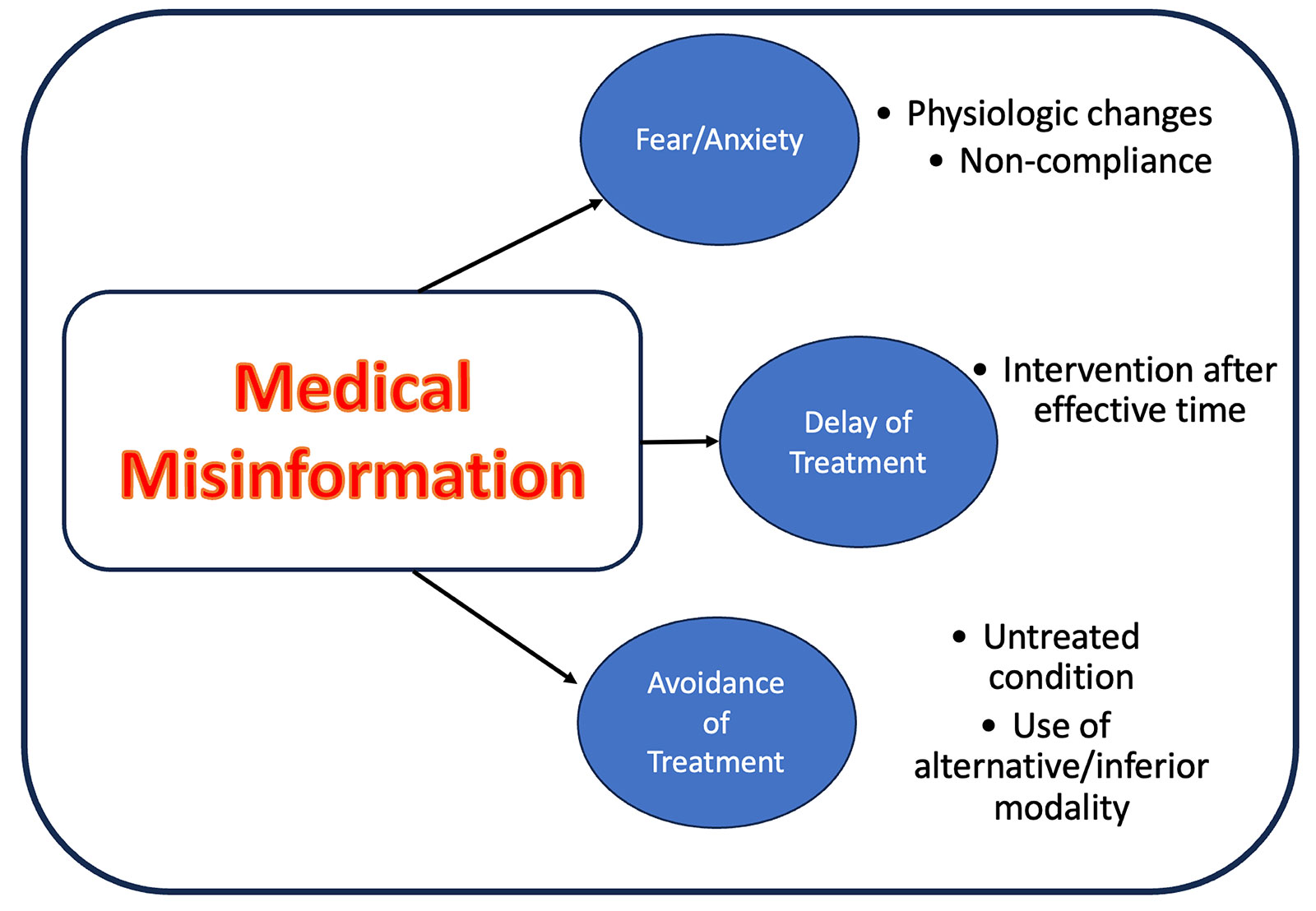The Blurred Line Between Free Speech and Medical Misinformation in Healthcare
The digital age has democratized information sharing like never before. While this offers incredible benefits, it also presents a significant challenge: the spread of medical misinformation, often cloaked under the guise of free speech. This article explores the complex and increasingly urgent issue of where the line between protected expression and the dissemination of potentially harmful falsehoods lies within the healthcare context. Navigating this terrain requires a delicate balance, protecting individual liberties while safeguarding public health.
The First Amendment and its Limitations
The First Amendment to the US Constitution guarantees freedom of speech, a cornerstone of American democracy. However, this right is not absolute. Historically, courts have recognized exceptions to free speech protection, particularly when speech poses a clear and present danger to public safety. This principle is crucial in understanding the legal framework surrounding medical misinformation.
- Incitement: Directly inciting violence or illegal activity is not protected speech.
- Defamation: False statements that harm someone’s reputation are actionable.
- Fraud: Deliberately misleading statements made to gain financially is illegal.
Medical misinformation often overlaps with these exceptions, especially when it leads to harmful actions or deceives individuals for profit.
The Healthcare Context: Unique Challenges
The healthcare context presents unique challenges. Misinformation about vaccines, treatments, or disease prevention can have devastating consequences, leading to preventable illness, injury, and even death. The vulnerability of patients seeking health information online further exacerbates the problem. Distinguishing between legitimate debate and the propagation of falsehoods becomes paramount.
Identifying and Addressing Medical Misinformation
Identifying and addressing medical misinformation requires a multi-pronged approach:
- Fact-checking and debunking: Independent organizations and fact-checkers play a crucial role in verifying the accuracy of health claims.
- Media literacy education: Equipping individuals with the skills to critically evaluate information sources is essential.
- Platform responsibility: Social media platforms and online publishers bear a responsibility to mitigate the spread of misinformation through content moderation policies.
- Legislation and regulation: While controversial, some argue for stronger legal frameworks to address the spread of demonstrably false and harmful medical claims.
The Role of Healthcare Professionals
Healthcare professionals have a vital role to play in combating medical misinformation. They can:
- Provide accurate and accessible information: Clear communication and patient education are crucial.
- Engage in respectful dialogue: Addressing concerns and misconceptions with empathy and evidence-based information is key.
- Report harmful content: Flagging misinformation to relevant authorities and platforms can help limit its spread.
Balancing Free Speech and Public Health: A Delicate Dance
The tension between free speech and the need to protect public health from medical misinformation is undeniable. Finding a balance requires careful consideration of individual rights and collective well-being. A robust approach will involve collaboration between governments, healthcare professionals, technology companies, and the public to promote accurate information and critical thinking. Striking this balance is a continuous process that demands ongoing dialogue and adaptation to the ever-evolving digital landscape.
Conclusion
The line between free speech and medical misinformation is blurred, but not nonexistent. Protecting public health necessitates addressing the spread of demonstrably false and harmful information, while upholding the principles of free expression. A multifaceted approach that combines education, fact-checking, platform responsibility, and potentially targeted legislation is needed to navigate this complex challenge effectively. The ultimate goal is to empower individuals with the knowledge and tools to make informed decisions about their health while preventing the dissemination of information that could cause significant harm.
FAQs
1. Can I be sued for sharing medical misinformation online? While simply sharing information doesn’t automatically lead to legal action, knowingly spreading false information that causes demonstrable harm could lead to legal consequences, particularly if it involves defamation, fraud, or incitement.
2. What is the role of social media companies in combating medical misinformation? Social media platforms are increasingly taking responsibility for content moderation, implementing policies to identify and remove harmful misinformation. However, the effectiveness of these policies is a subject of ongoing debate.
3. How can I tell if health information online is credible? Look for reputable sources like government health agencies, peer-reviewed journals, and established medical organizations. Be wary of sensationalized headlines, unsubstantiated claims, and information lacking citations.
4. Is it censorship to remove medical misinformation online? The removal of demonstrably false and harmful medical information is often framed as content moderation rather than censorship. The distinction lies in the intention – to protect public health rather than suppress dissenting opinions.
5. What is the difference between misinformation and disinformation? Misinformation refers to false information spread unintentionally, while disinformation is deliberately false information spread with malicious intent. Both pose serious threats to public health.




